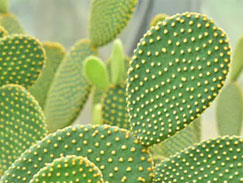The flowering grow light is designed to copy a spectrum similar to the sun which is more suitable for the needs of the flowering plants. Flowering grow light simulate outdoor conditions from different colors, temperature and spectral output to provide suitable light environment to flowering plant. The luminous efficiency and the color temperature are all desirable.

The orange and red light emitted by S520 V1-Golden Grow Light can make the flowers produce, fruit, and ripen, and they can provide sufficient lighting for the greenhouse. The advantage of S520 V1-Golden Grow Light is that the irradiation range is wide, and should not be too close to the plants, because it will generate a lot of heat. But the greenhouse does need more heat in winter. After the S520 V1-Golden Grow Light is used for a long time, the irradiation will become weak, and it needs to be replaced.
Some places is in winter nearly half a year, the temperature is very low, and the light source is in shortage, therefore, this form of LED grow lights good for flowering is very suitable for flower cultivation. In particular, the use of supplementary lights completely avoids the obstacles to flowers caused by the local natural environment. With its high efficiency, energy saving, long lifespan, and convenient installation LED flower growth lights have undoubtedly become a weapon in flower planting management.


According to the colour spectrum principles, the plant lights are made into three forms of red and blue combination, full blue, and full red to provide light of two wavelengths of red and blue, covering the wavelength range required for photosynthesis. In terms of visual effects, the red and blue plant lights are showing as pink.

According to the data, light of different wavelengths has no effect on plant photosynthesis. The light required for plant photosynthesis has a wavelength of about 400 ~ 720nm. 400~520nm (blue) light and 610 ~ 720nm (red) contribute the most to photosynthesis. The light of 520 ~ 610nm (green) has a very low absorption rate by plant pigments.

